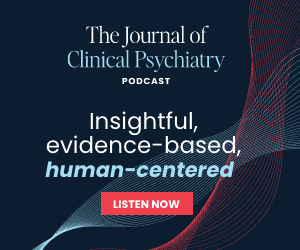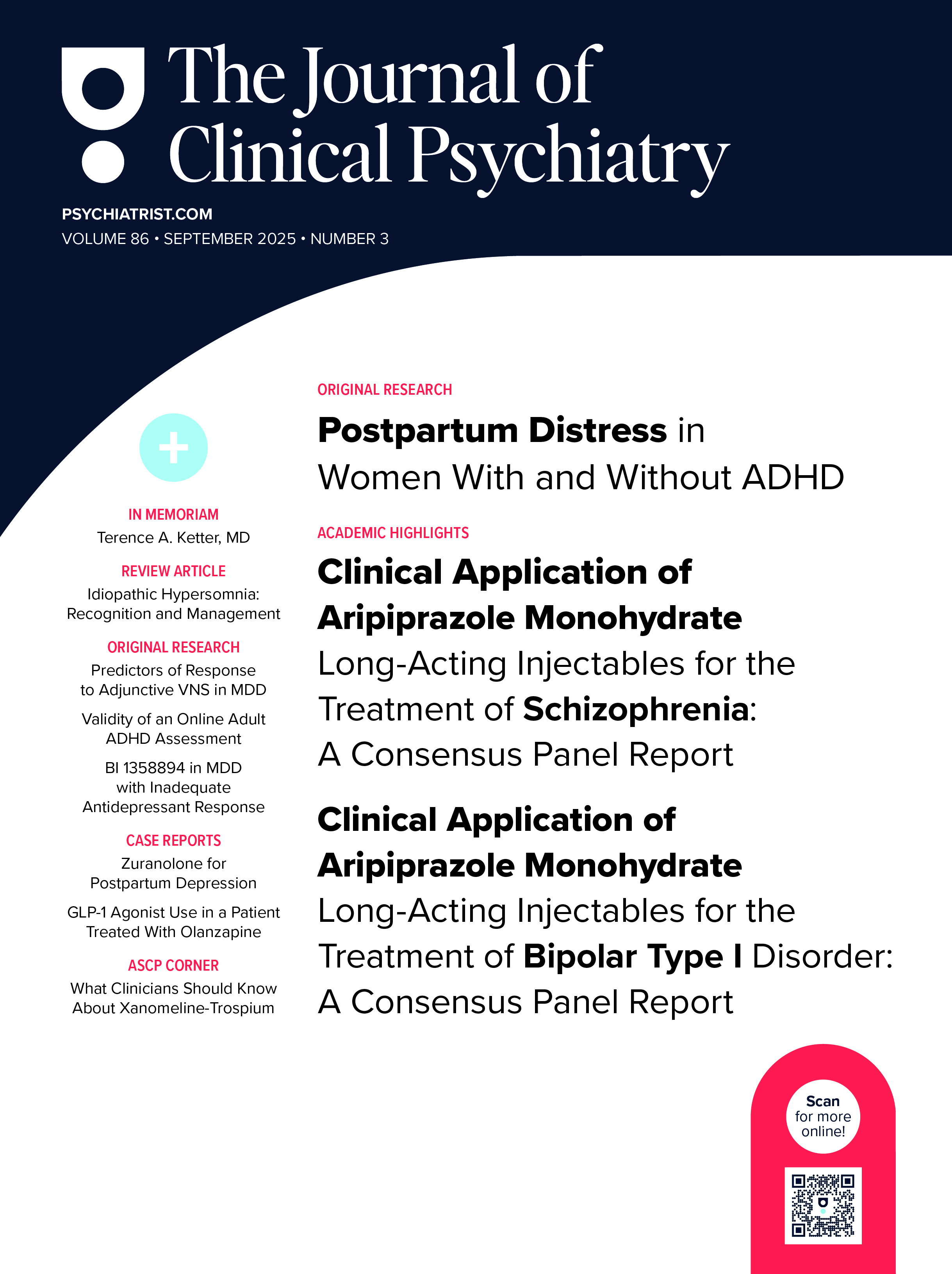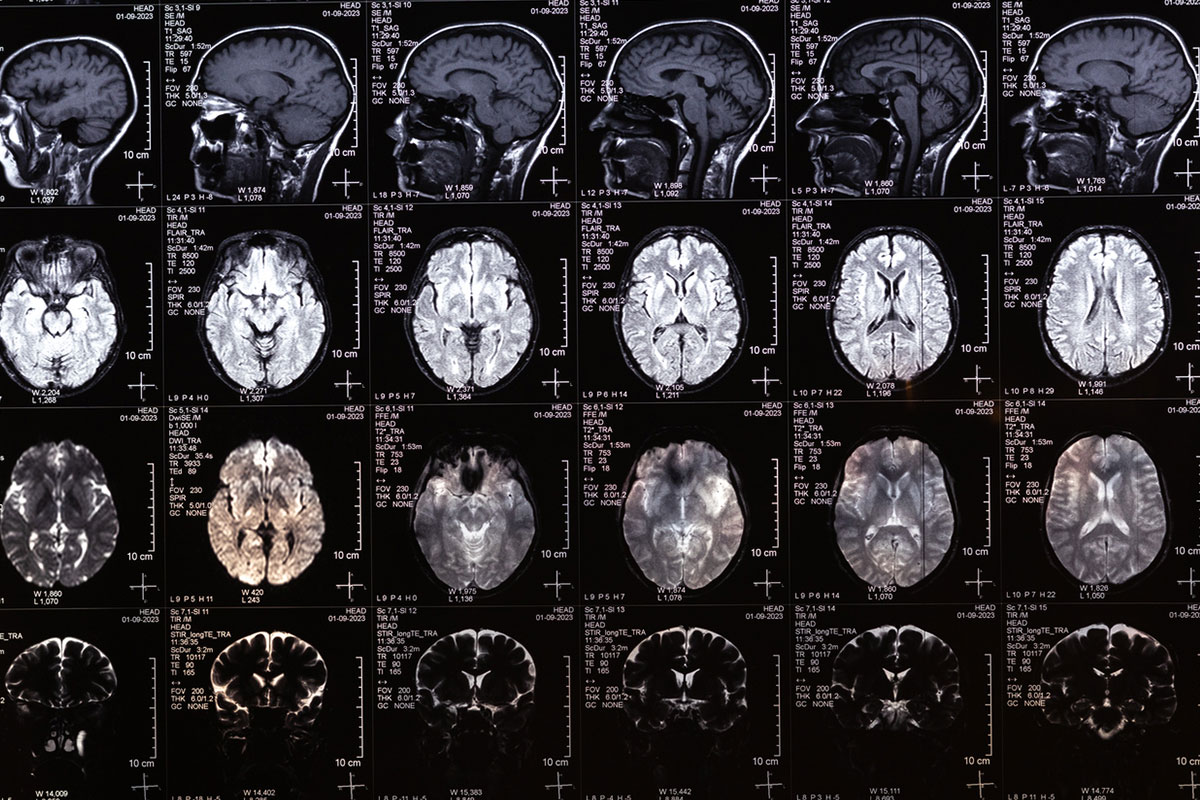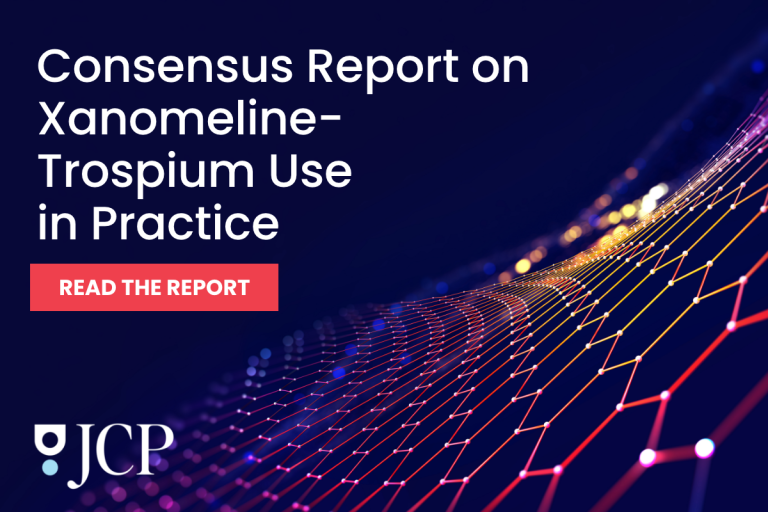Abstract
Objective: This study aimed to differentiate subtypes of major depressive disorder (MDD) using 14 serum biomarkers across 6 functional systems.
Methods: We analyzed serum biomarkers in 993 MDD patients, categorized into melancholic (N = 157; 16.8%), atypical (N = 56; 6.0%), and unspecified (N = 720; 77.2%) subtypes according to DSM-IV criteria. Biomarkers included high sensitivity C-reactive protein, tumor necrosis factor-α, interleukins (IL-1β, IL-6, IL-4, IL-10), cortisol, brain-derived neurotrophic factor, serotonin, leptin, total ghrelin, total cholesterol, folate, and homocysteine. Quantile regression analyses adjusted for relevant covariates were used to estimate associations between biomarkers and MDD subtypes.
Results: Significant differences in biomarker profiles were observed across MDD subtypes: the melancholic subtype showed higher cortisol levels compared to the unspecified subtype (P = .009) and lower serotonin levels compared to both the unspecified (P = .045) and atypical (P = .006) subtypes. Meanwhile, the atypical subtype exhibited elevated levels of IL-1β compared to the unspecified subtype (P = .036) and higher IL-4 levels than both melancholic and unspecified subtypes (all P < .001). These associations remained significant even after adjusting for covariates.
Conclusion: Distinct serum biomarker profiles among MDD subtypes highlight their unique biological underpinnings. These findings enhance current understanding of the pathophysiology of different depressive subtypes and suggest targeted therapeutic approaches. Future research should focus on longitudinal studies to monitor these biomarkers over time and explore new biomarkers from genomics and proteomics to advance precision medicine in psychiatry.
J Clin Psychiatry 2025;86(3):25m15828
Author affiliations are listed at the end of this article.
Members Only Content
This full article is available exclusively to Professional tier members. Subscribe now to unlock the HTML version and gain unlimited access to our entire library plus all PDFs. If you’re already a subscriber, please log in below to continue reading.
References (29)

- American Psychiatric Association. Diagnostic and Statistical Manual of Mental Disorders. 5th ed. American Psychiatric Association; 2013.
- Lee J, Chi S, Lee MS. Personalized diagnosis and treatment for neuroimaging in depressive disorders. J Pers Med. 2022;12(9):1403. PubMed CrossRef
- Lamers F, Vogelzangs N, Merikangas KR, et al. Evidence for a differential role of HPA-axis function, inflammation and metabolic syndrome in melancholic versus atypical depression. Mol Psychiatry. 2013;18(6):692–699. PubMed CrossRef
- Anisman H, Ravindran AV, Griffiths J, et al. Endocrine and cytokine correlates of major depression and dysthymia with typical or atypical features. Mol Psychiatry. 1999;4(2):182–188. PubMed CrossRef
- Dunjic-Kostic B, Ivkovic M, Radonjic NV, et al. Melancholic and atypical major depression-connection between cytokines, psychopathology and treatment. Prog Neuropsychopharmacol Biol Psychiatry. 2013;43:1–6. PubMed CrossRef
- Karlović D, Serretti A, Vrkić N, et al. Serum concentrations of CRP, IL-6, TNF-α and cortisol in major depressive disorder with melancholic or atypical features. Psychiatry Res. 2012;198(1):74–80. PubMed CrossRef
- Yoon HK, Kim YK, Lee HJ, et al. Role of cytokines in atypical depression. Nord J Psychiatry. 2012;66(3):183–188. PubMed CrossRef
- Bus BA, Molendijk ML, Penninx BW, et al. Low serum BDNF levels in depressed patients cannot be attributed to individual depressive symptoms or symptom cluster. World J Biol Psychiatry. 2014;15(7):561–569. PubMed CrossRef
- Baune BT, Hohoff C, Mortensen LS, et al. Serotonin transporter polymorphism (5- HTTLPR) association with melancholic depression: a female specific effect? Depress Anxiety. 2008;25(11):920–925. PubMed CrossRef
- Milaneschi Y, Lamers F, Bot M, et al. Leptin dysregulation is specifically associated with major depression with atypical features: evidence for a mechanism connecting obesity and depression. Biol Psychiatry. 2017;81(9):807–814. PubMed CrossRef
- Kim JM, Stewart R, Kim SW, et al. Predictive value of folate, vitamin B12 and homocysteine levels in late-life depression. Br J Psychiatry. 2008;192(4):268–274. PubMed CrossRef
- Kang HJ, Kim JW, Kim SY, et al. The MAKE biomarker Discovery for enhancing anTidepressant treatment effect and response (MAKE BETTER) study: design and methodology. Psychiatry Investig. 2018;15(5):538–545. PubMed CrossRef
- American Psychiatric Association. Diagnostic and Statistical Manual of Mental Disorders. 4th ed. American Psychiatric Association; 1994.
- Hamilton M. A rating scale for depression. J Neurol Neurosurg Psychiatry. 1960;23(1):56–62. PubMed CrossRef
- Juruena MF, Bocharova M, Agustini B, et al. Atypical depression and non-atypical depression: is HPA axis function a biomarker? A systematic review. J Affect Disord. 2018;233:45–67. PubMed CrossRef
- Křenek P, Hořínková J, Bartečků E. Peripheral inflammatory markers in subtypes and core features of depression: a systematized review. Psychopathology. 2023;56(5):403–416. PubMed CrossRef
- Zigmond AS, Snaith RP. The Hospital Anxiety and Depression Scale. Acta Psychiatr Scand. 1983;67(6):361–370. PubMed CrossRef
- Bohn MJ, Babor TF, Kranzler HR. The Alcohol Use Disorders Identification Test (AUDIT): validation of a screening instrument for use in medical settings. J Stud Alcohol. 1995;56(4):423–432. PubMed CrossRef
- Fukuda S, Morimoto K. Lifestyle, stress and cortisol response: eview II : lifestyle. Environ Health Prev Med. 2001;6(1):15–21. PubMed CrossRef
- Ter Horst R, Jaeger M, Smeekens SP, et al. Host and environmental factors influencing individual human cytokine responses. Cell. 2016;167(4):1111–1124.e13. PubMed CrossRef
- Dinan TG, Scott LV. Anatomy of melancholia: focus on hypothalamic-pituitary adrenal axis overactivity and the role of vasopressin. J Anat. 2005;207(3):259–264. PubMed CrossRef
- Wirth MM, Scherer SM, Hoks RM, et al. The effect of cortisol on emotional responses depends on order of cortisol and placebo administration in a within subject design. Psychoneuroendocrinology. 2011;36(7):945–954. PubMed CrossRef
- Melhem NM, Zhong Y, Miller JM, et al. Brain 5-HT1A receptor PET binding, cortisol responses to stress, and the familial transmission of suicidal behavior. Int J Neuropsychopharmacol. 2022;25(1):36–45. PubMed CrossRef
- Höglund E, Øverli Ø, Winberg S. Tryptophan metabolic pathways and brain serotonergic activity: a comparative review. Front Endocrinol. 2019;10:158. PubMed CrossRef
- Corrigan M, O’Rourke AM, Moran B, et al. Inflammation in the pathogenesis of depression: a disorder of neuroimmune origin. Neuronal Signal. 2023;7(2):NS20220054. PubMed CrossRef
- Beijers L, Wardenaar KJ, van Loo HM, et al. Data-driven biological subtypes of depression: systematic review of biological approaches to depression subtyping. Mol Psychiatry. 2019;24(6):888–900. PubMed CrossRef
- Kim JM, Kang HJ, Kim JW, et al. Prospective associations of multimodal serum biomarkers with 12-week and 12-month remission in patients with depressive disorders receiving stepwise psychopharmacotherapy. Brain Behav Immun. 2022;104:65–73. PubMed CrossRef
- Van Loo HM, De Jonge P, Romeijn JW, et al. Data-driven subtypes of major depressive disorder: a systematic review. BMC Med. 2012;10:156. PubMed CrossRef
- Ulbricht CM, Chrysanthopoulou SA, Levin L, et al. The use of latent class analysis for identifying subtypes of depression: a systematic review. Psychiatry Res. 2018;266:228–246. PubMed CrossRef





